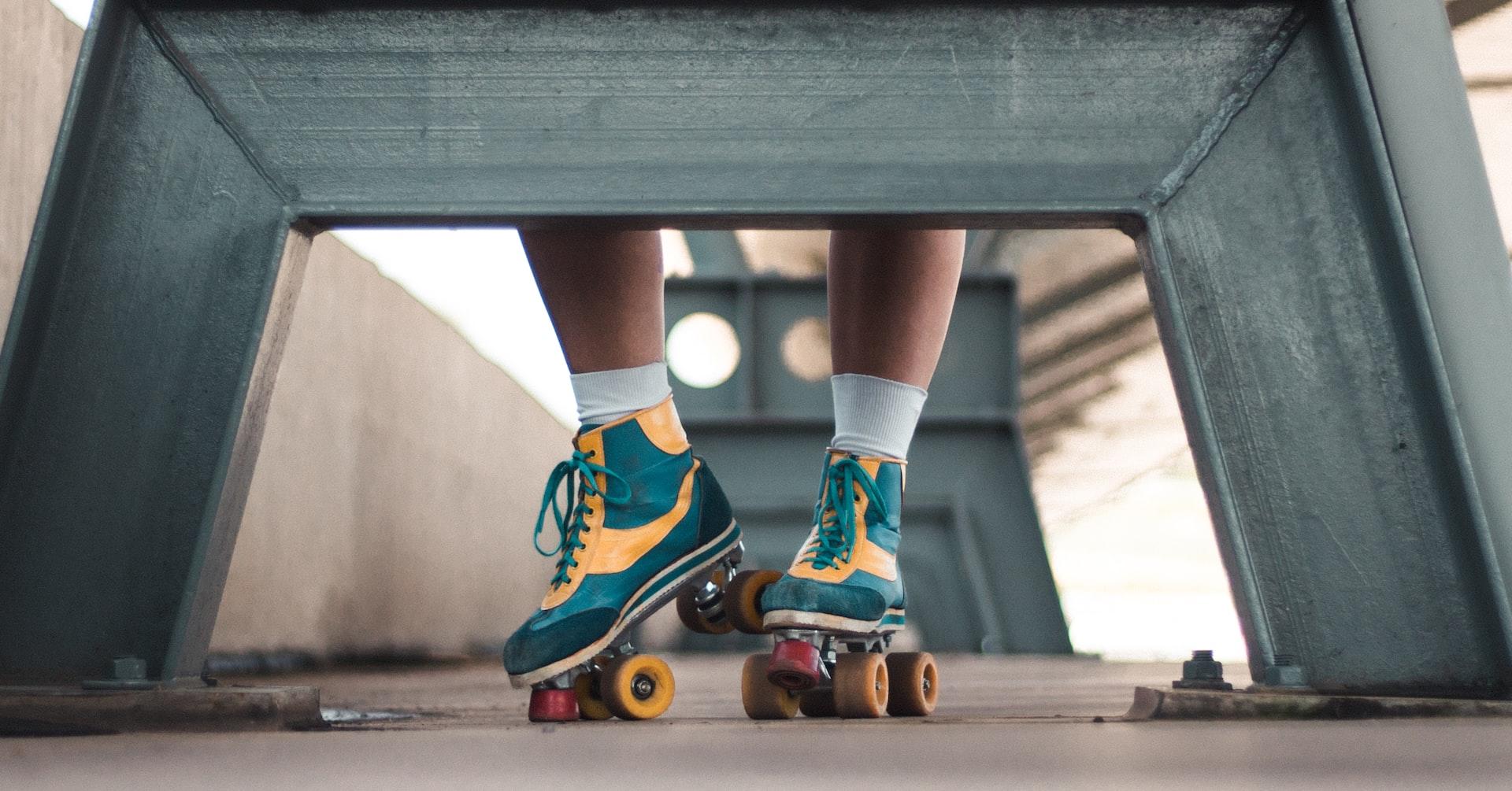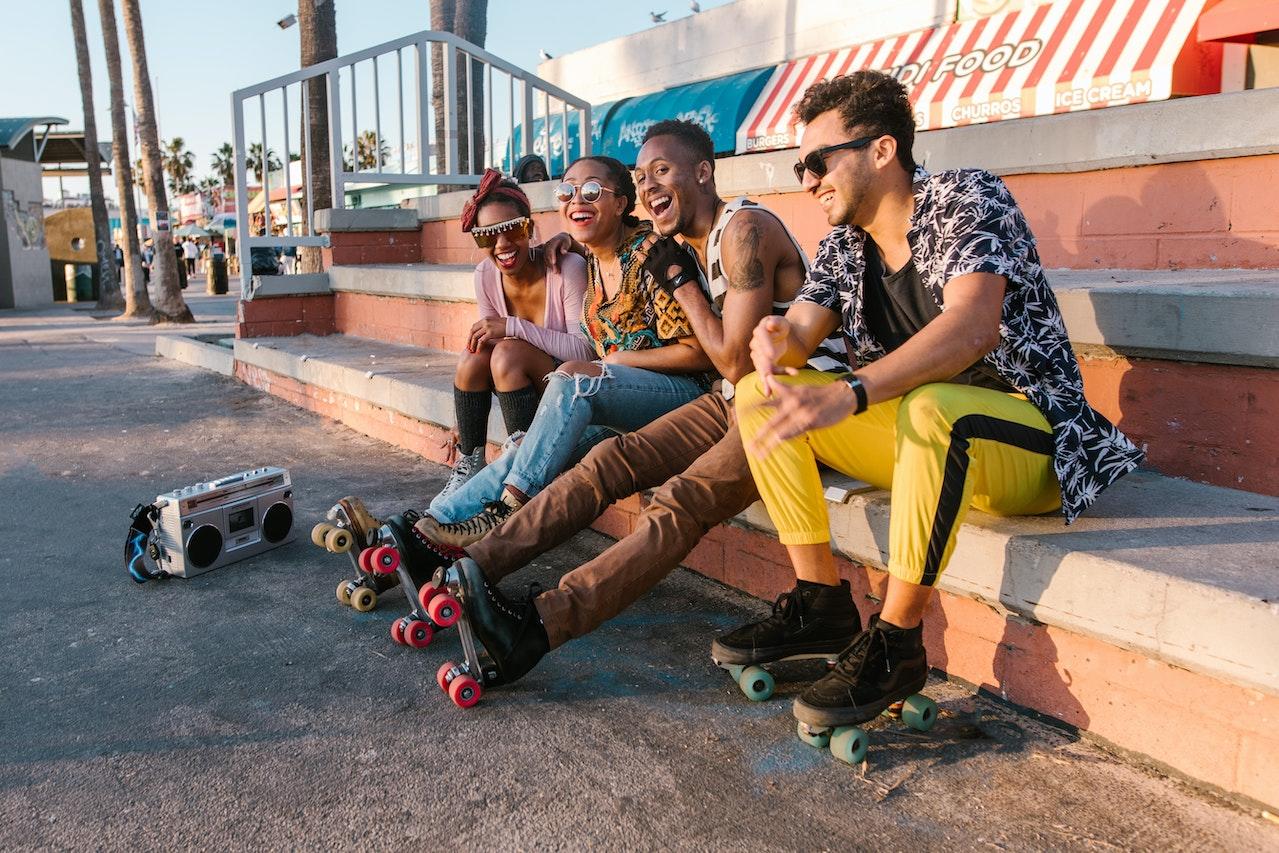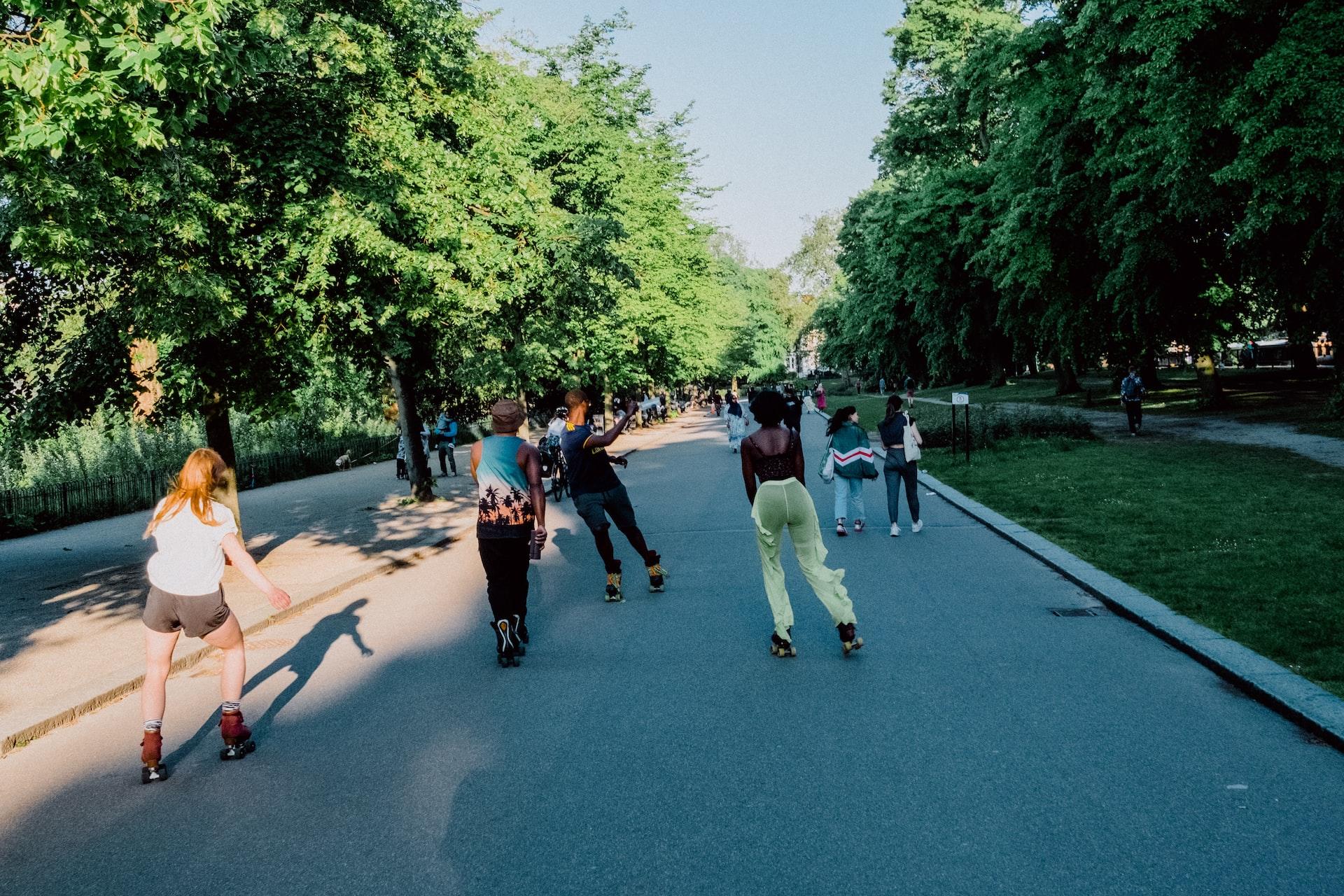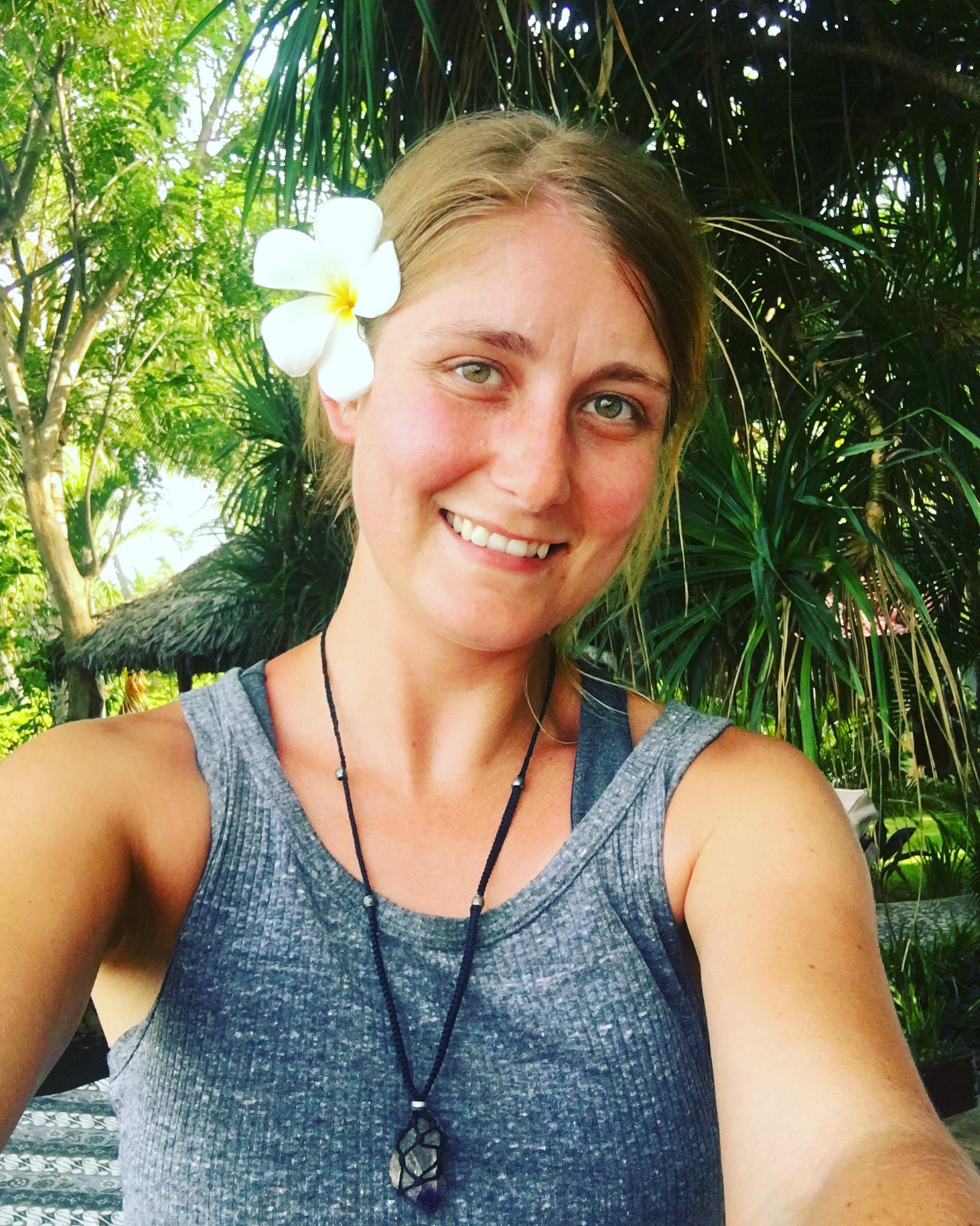Life is a journey, enjoy the ride on skates. Unknown
Would you love to learn how to roller skate?
Rollerblading and roller skating are becoming more and more popular as hobbies. And they sure are fun!
Taking up roller skating as a hobby is one thing, but have you tried it for your daily calorie burn? Roller blading can be an entertaining way to get in your daily exercise. Many folks roller skate to burn calories and tone muscles making it a great and fun workout.
Whether you would like to take up skating as a hobby or looking for a new way to zhuzh up your exercise routine, this guide will help you learn how to roller skate in no time.
It's time to skate up!
Want to give private lessons?
Join the Superprof community and share your knowledge with inquiring and motivated students.
What Should a Beginner Roller Skater Learn?
When learning something new there are always a few things to consider beforehand that will help you embark on a new-found journey. Similarly, there are a few essentials about roller skating that will be good to know. So, keep reading before you lace up your skates.
- First, roller skating is quite a physical sport. There tends to be a myth in people's minds about rollerblading and skating that it's all about going round in circles at a disco or just a casual date with a friend. Myth busted! Roller skating is not just a 'roll in the park', it's a physically demanding activity that helps you burn calories, tone muscles and improves cardio.
- Second, there are two types of skates: in-line skates and quad skates. In-line skates have wheels in a single line normally three or more. Quad skates has four wheels in the form of a square, the wheels side-by-side. It is essential to choose the right pair of skates. Quad skates are easier to balance on so it's recommended that beginners start with them. Advanced skaters go for in-line skates because they are faster and more agile.
- Thirdly and finally, roller skating is for everyone. This entertaining sport hobby is suitable and enjoyable for people of all ages. You can customise your own experience by doing it on your own as an exercise or having a social date with your friends. You manage the intensity and can enjoy it at a low, moderate or intense speed.

The Equipment You Will Need to Start Roller Skating
Now that you are more familiar with some essentials, it's time to have a look at the gear you would need to become an ambitious roller skater. It's important to equip yourself with the right gear to ensure you have a pleasurable experience from the get go. Here is what you'll need to start off with:
- Roller skates: What is roller skating without skates? The first and most important piece of equipment you'll need is obviously rollerskates. Before buying a pair of epic roller skates you'll need to decide whether you'll choose quad or inline skates. After that you can begin researching the various brands and which is best suited to your style and budget.
- Helmet: Prevention is better than cure. It's important to get the necessary safety equipment with this sport and the first on your list should be a helmet. As a beginner roller skater, there is a big chance that you might fall and you would like to avoid any serious injuries to your head. Select a helmet that is comfortable and safe.
- Knee pads, elbow pads & writs guards: Protective gear will ensure you minimise injury when falling.
- Mouth guard: This might sound a bit dramatic, but falling in unexpected ways as a beginner is very likely. Damaging your teeth or even loosing a tooth or two is not something you want.
Having the right equipment when starting out can also minimise fear and anxiety which will help you skate with more ease and will likely reduce your chances of falling.
Beginner Movement and Posture Tips
The second essential thing to learn before hitting the road are a few movement and posture suggestions. If you have no previous experience with roller skating the following stances might help you:
- Identify the starting position: also known as the ready position, this is the position you will start in when you have put on your skates. You will prepare yourself with this posture before any movement starts. In the next section of this article, you will learn exactly how to get yourself into the ready position. So continue reading.....
- Get quacking because you'll need to walk like a duck: Keep your heels together and your toes pointing out and start walking left, right, left until you start moving and gliding. This is the movement you will presume after the ready/starting position.
- Master the technique of stopping: one of the most important movements is learning how to stop. To stop you will need to break with your skates. The brake will be located at the front tip of your skates. Here is how to stop:
- Make sure your feet are parallel
- Come into a squatting position
- Lean slightly forward
- Lastly, press on the tip of your skates with your toes. Tip: If you would like to stop quickly, you will need to press hard.
Practising these movements will help you to become a good skater in no time!

5 Essential Practices for Fearless Skating
Starting a brand new physical activity can be quite scary, unless you're a daredevil. But you don't have to fret, there are a few helpful tips that will help you get into the art of roller skating.
We all have to start somewhere right?
Here are 5 practices to help you:
- Tighten your skates properly: It is important that your skates are firmly tied so that you have conscious control over your movements.
- Practise falling forward: The greatest tension creator in the body is fear and in this case it's the fear of falling. It can be helpful if you practise falling on purpose. Practise this on the grass with your safety gear (knee and wrist pads).
- Learn the "ready" position while standing still: This position will be your 'safe place' when skating. Practise this position on the grass or on a carpet and then try it on the skating surface. Here is how the position would look like:
- Feet are shoulder width apart approximately the width of a hand
- Knees bent until your toes disappear
- Your weight should be on the balls of both feet and off your heels
- Your shins should feel supported by your skates. If they don't you can readjust the ankle straps
- Learn the "ready" position while rolling: Practise mastering this position while skating you will create trustworthy stability and gain more confidence.
- Take it slow: Slow and steady wins the race when you are a beginner skater.
Did you know that roller skates were invented in the 17th century? Since then it has been a phenomenon for centuries and still enjoyed by many people all over the world today for recreational purposes or to stay fit.

How To Roller Skate Backwards
Many roller skaters strive to reach one ultimate goal: to roller skate backwards.
Are you thinking, I am only just beginning how can I skate backwards?
It is indeed possible for beginners to skate backwards if you follow these simple steps:
- Side step
- Heel pivots
- Combine the first two moves
- Add some speed
Like with all new hobbies, practice makes perfect.
So if you would like to impress your friends with your new trick you will need to practise, practise, practise....
For a more in-depth explanation of the steps and to learn more about how to roller skate backwards, check out this article.
Roller Skating Classes Near Me
Are you ready to start skating but need some guidance?
Getting some help from an advanced skater might just help you to learn a lot quicker and get you into the groove of skating in no time. The nearest place where you can learn how to skate is in the comfort of your home and surroundings.
Yes, you heard right. At Superprof, you can hire a tutor to teach you online or in-person. Alternatively, you can run an online search for "roller skating classes near me" auto view all the options available in your area.
Now you can learn how to roller blade in no time!
Let the good times roll.
Want to give private lessons?
Join the Superprof community and share your knowledge with inquiring and motivated students.





